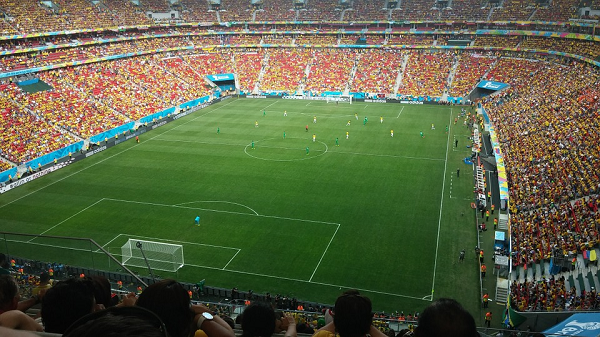You need to consider two things when determining if you can handle the fluctuations in your sports betting bankroll:
- Surviving the downswings
- Mentally dealing with losing streaks
Most sportsbooks make you wager $110 to win $100.
Here’s how often you have to win in order to break even:
52.4% of the time.
Pick games based on a coin flip and you’ll win 50% in the long run.
You only need to be 2.5% better than random to be a winning sports bettor.
Sounds easy, doesn’t it?
It’s actually one of the hardest things you’ll ever try to do.
Even if you work hard enough to beat the sports book, you’ll still have to deal with the inevitable:
Downswings in your bankroll.
You can demonstrate the inevitability of downswings and losing streaks mathematically.
But that’s boring.
Instead, here are some possibilities to consider:
Even bettors who win 55% of the time often lose at least five bets in a row.
It’s not even unusual for a consistent winner to lose ten wagers in a row.
Consider a string of 100 wagers:
Win six out of every ten bets over the first 90 wagers – entirely possible for a winning bettor, and you’ll have a record or 54 – 36.
Win game 91.
Then lose the next nine games.
You’ll have a record of 55 – 45, a winning percentage of 55%.
You’re now a winning sports bettor AND have a nine game losing streak.
Don’t make the mistake of thinking you are so good that you won’t have losing streaks. That’s unrealistic. It’s also the main reason you need to have a bankroll that is not mixed with any other funds.
The mental aspect is often the toughest for sports bettors. It’s easy to start doubting your abilities or questioning your betting systems during or after a losing streak.
How do you combat this?
Understanding the probabilities. Have faith in your proven systems.
Sports bettors track everything so they can find out what systems work and which ones don’t. When you find winning systems you use them to make money.
You also need to constantly look for ways to improve your current systems and develop new ones.
When you have losing streaks, make sure you’re applying your systems properly.
But don’t ditch a winning system just because of a short losing streak.
Understand basic probabilities and that even the best sports bettors have losing streaks.
Bet Ratios and Bankroll Size
You can use many different systems to determine the best bet size for your bankroll.
You can choose a percentage of your total bankroll as the size of your standard wager. Your bet size goes up and down depending on the size of your bankroll.
Here’s an example:
You could bet 1% of your bankroll on every game. With a $10,000 bankroll, your standard wager would be $100. This is a safe bankroll to bet size ratio and will allow you to withstand any losing streak if you are truly a winning bettor.
Are you willing to risk a larger percentage?
Set a 5% bet size. With a $10,000 bankroll your standard bet would be $500. This borders on reckless. A 10 game losing streak would wipe out half of your bankroll. It doesn’t matter how good you are. Lose half your bankroll and watch the toll it takes on you.
(I’m not claiming you should use any of the above bet ratios. You need to decide the correct ratio for you based on your mental ability to deal with down swings, the size of your bankroll, and how good you are at picking winners.
My recommendation for beginning sports bettors is a 1% bet size. Then once you have a long track record of profitable play you can move the percentage up gradually.)
Reducing the Break Even Point
The best way to reduce the winning percentage you need in order to turn a profit is find opportunities to place bets with less vig than the standard 11 to 10 (110 to 100). Depending on your willingness to travel to place bets or place wagers online, you may be able to find opportunities to place bets at 105 to 100. This reduces your required break even winning percentage to 51.2%.
You might even be able to find people you know who will place wagers on sporting events with you without any vig involved. Do that and you only need to win 50.1% of the time or more to win in the long run.
Here’s the problem:
If you are a winning sports bettor you’ll be trying to bet as much as you can within the limits of your bankroll. It might be easy to find people to place bets with for $20 or $100. But good luck finding an individual who’ll take your $1000 bet.
When you win you also have to worry about collecting your money. It’s easier to collect from sportsbooks than people.
Conclusion
Even the top sports bettors have down swings that reduce their bankroll from time to time. Understanding that these are coming and knowing how to handle them will go a long way toward helping you deal with them.

 MENU
MENU















